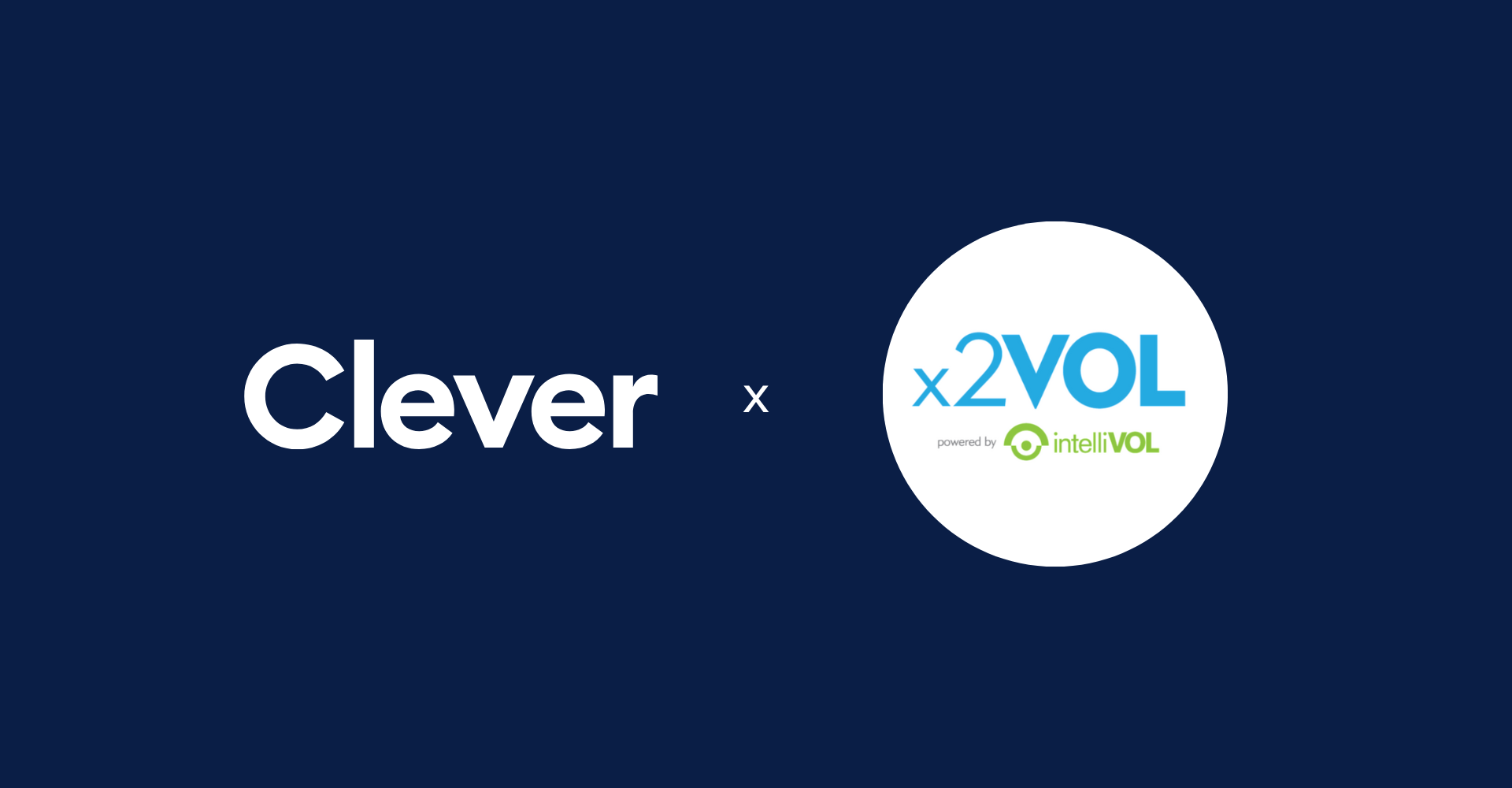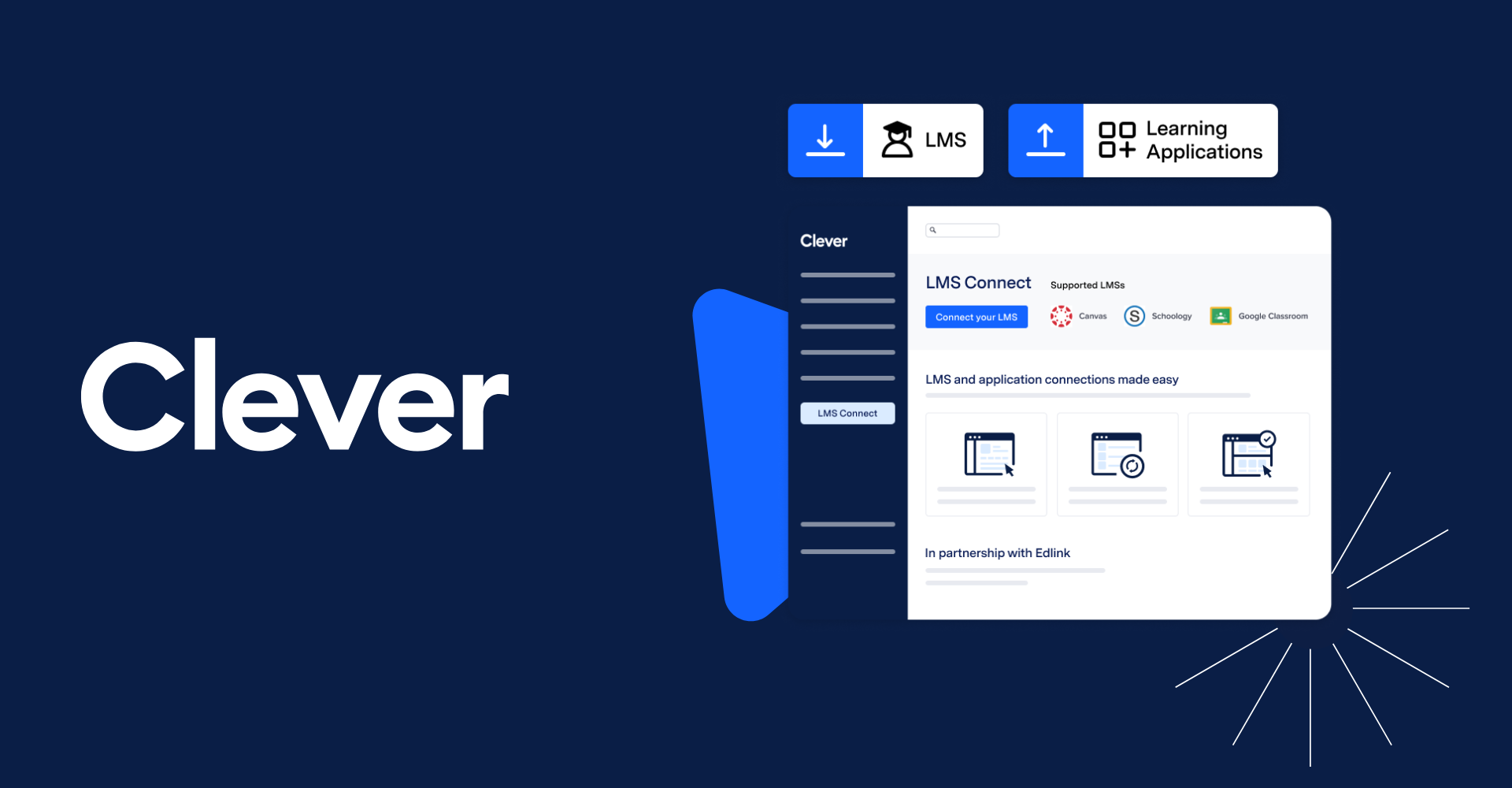Building With Purpose: 4 Methods to build more inclusive edtech
In the dynamic and ever-evolving field of edtech, ensuring that products meet the diverse needs of all students is more critical than ever. Product inclusion isn’t just a buzzword—it’s a fundamental approach to creating impactful educational tools.
Product inclusion involves actively seeking out and integrating the voices of users—teachers, students, and administrators—into the product development process. This collaborative approach ensures that the resulting products are not only user-friendly but also address the real needs and challenges faced in K-12 education.
| Key Takeaways To design inclusive edtech solutions: 1. Integrate User Voice: Establish repeatable ways to collect user feedback, particularly those from historically marginalized communities, from informal methods to formal research. 2. Centering Students & Families: Continuously adapt strategies to align with varying contexts and ensure the sustainability of practices that center students and families in product initiatives. 3. Co-Design with Educators and Students: Engage in on-site visits, user research, and involve educators and students in the design process from the outset. 4. Continuously Seek Feedback: Ensure the relevance and impact of products by continuously engaging with different people and places. 5. Prioritize student safety: Aim to create safe digital experiences while respecting student privacy and uniqueness. |
Methods for building product inclusion
In this article, we will explore four practical methods to designing more inclusive products, featuring insights and examples from industry experts from leading organizations: Seesaw, BrainPOP, GoGuardian, and Digital Promise.
1. Integrating user voice in edtech product development
Sara Romero-Heaps of Seesaw emphasizes the delicate balance between meeting tight deadlines and incorporating user feedback. At Seesaw, her team employs a variety of methods to gather user insights, ensuring they move quickly while still gaining valuable feedback.
Example strategies in action:
- Feedback groups: Informal educator feedback groups in Slack and online teacher communities provide swift, actionable insights.
- Support tickets and rep feedback: Collaboration with the customer support team to pull product feedback from support tickets, along with rep-documented feedback in Salesforce.
- Early feedback program: An opt-in program for districts to have early access to features in exchange for feedback.
These strategies, along with others, enable Seesaw to gather feedback efficiently and effectively, ensuring that their products are continuously improved based on user needs.
2. Centering students and families
In the ever-changing world of edtech, ensuring that students and families are at the heart of product inclusion initiatives is vital. Kimberly Smith of Digital Promise highlights the importance of resilience and adaptability in maintaining the integrity of these efforts.
Example strategies in action:
- Aligning narratives to needs: Presenting narratives in a way that highlights universal desires for product inclusion and accessibility. Everyone wants products that enable the access and engagement of neurodivergent students, support student success, and foster inclusive learning environments.
- Adapting strategies: Continuously modifying approaches to align with varying contexts and ensure the sustainability of practices that center students and families in product initiatives.
By emphasizing shared goals and values, Kimberly ensures that inclusion efforts remain strong even in the face of adversity.
3. The power of co-designing edtech with educators
Karina Linch of BrainPOP underscores the importance of edtech teams building meaningful connections with schools and educators, including creating opportunities for co-design. She stresses the significance of user research and direct involvement of teachers and students throughout the design process.
Example strategies in action:
- User research: Actively involve teachers and students in the design process.
- Diverse engagement: Continuously engage with various learning environments to understand user needs and ensure product relevance.
Karina’s experience of starting out as a New York City public school educator, and then broadening her perspective by visiting schools across the country, illustrates the value of understanding user needs through direct interaction.
4. Prioritizing student safety and inclusivity in product development
Dionna Smith of GoGuardian highlights the importance of product development that prioritizes student safety and inclusivity, especially for those from marginalized communities. She emphasizes the significance of creating safe web experiences while respecting student privacy and uniqueness. Ensuring that products cater to diverse learners and reflect their identities is crucial for fostering a sense of belonging and improving academic outcomes.
Example strategies in action:
- Prioritize safety and privacy: Incorporate features that protect students from harmful online content while respecting their privacy rights.
- Address cultural nuances: Collaborate with educators, community leaders, and cultural experts to gain insights into cultural nuances and incorporate diverse cultural elements, examples, and perspectives into your product content and design.
- Support student agency: Ensure your product allows students to progress at their own pace and choose their learning pathways.
Dionna goes on to share, “My favorite part of my job is walking into classrooms, seeing students use our products, and chatting with teachers and students. It’s truly amazing. There have been instances where someone from the product team joined me, and after receiving direct feedback from a student, we made changes the next week. It reminds us of the importance of communication because while data analysis is crucial, these conversations highlight practical improvements we can make. Students are quick to share what’s not working, which is invaluable feedback.”
The path to inclusive edtech: Commitment, adaptability, and collaboration
Building inclusive edtech products is an ongoing process that requires commitment, adaptability, and collaboration. Stay tuned for more insights and strategies in our “Building with Purpose Series” as we continue to explore how to build edtech that works for everyone.

More to read

February 13, 2025
How x2VOL eases student access despite complex rostering needsClever SSO and Rostering with x2VOL offers a seamless access experience for students and staff, minimizing login steps and eliminating the need for manual rostering solutions.

November 11, 2024
Big Ideas Learning launches new LMS integration 4x faster with Clever LMS ConnectLearn how Big Ideas Learning launched their new LMS integration 4x faster and with improved support outcomes using Clever LMS Connect.

November 1, 2024
Kanawha pioneers MyAda Math learning integration with Clever LMS ConnectLearn how Kanawha County Schools rolled out new math curriculum 6x faster and with 0 support tickets from teachers using Clever LMS Connect.

















